As the demand for convenient and versatile food options increases, dry noodles have become a popular choice for individuals seeking a quick and easy meal. However, for those who are health-conscious or watching their caloric intake, understanding the caloric content of dry noodles becomes crucial. In this article, we will delve into the specifics of dry noodles calories per 100g and provide key information to aid in making informed dietary decisions. 1. Calorie Breakdown: When it comes to dry noodles, the caloric content can vary depending on the type and brand.

.
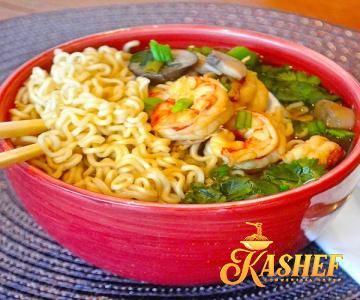 On average, one serving of dry noodles, weighing around 100g, contains approximately 360 to 400 calories. It is important to keep in mind that this estimation is for uncooked noodles. Once cooked, the caloric content may vary slightly due to absorption of water during the cooking process. 2. Factors Affecting Caloric Content: Although all dry noodles may appear similar, it is essential to consider that various factors can impact their caloric content. Some of these factors include the type of flour used, the recipe, added flavors or seasonings, and the manufacturing process. Special attention should be paid to the nutritional labels and ingredient lists to identify any additional sources of calories, such as oils or preservatives.
On average, one serving of dry noodles, weighing around 100g, contains approximately 360 to 400 calories. It is important to keep in mind that this estimation is for uncooked noodles. Once cooked, the caloric content may vary slightly due to absorption of water during the cooking process. 2. Factors Affecting Caloric Content: Although all dry noodles may appear similar, it is essential to consider that various factors can impact their caloric content. Some of these factors include the type of flour used, the recipe, added flavors or seasonings, and the manufacturing process. Special attention should be paid to the nutritional labels and ingredient lists to identify any additional sources of calories, such as oils or preservatives.
..
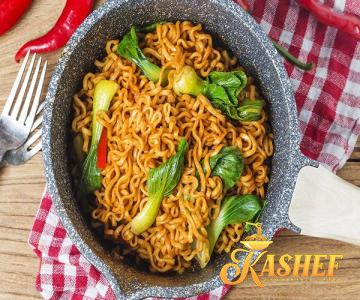 3. The Impact of Portion Size: While dry noodles may provide a convenient and satisfying meal, it’s important to be mindful of portion size. Controlling the amount of noodles consumed directly affects the overall caloric intake. Be aware that exceeding the suggested serving size can significantly increase calorie intake and potentially disrupt a balanced diet. Combining noodles with other nutritious components, such as vegetables, lean proteins, and healthy fats, can help create a more balanced and satisfying meal. 4. Choosing Healthier Alternatives: For individuals aiming to reduce their caloric intake or maintain a healthy weight, there are several alternatives to regular dry noodles available in the market. Options like whole-grain or brown rice noodles offer added nutritional benefits such as fiber, vitamins, and minerals. These alternatives often have lower calorie content while still providing a hearty and satisfying meal.
3. The Impact of Portion Size: While dry noodles may provide a convenient and satisfying meal, it’s important to be mindful of portion size. Controlling the amount of noodles consumed directly affects the overall caloric intake. Be aware that exceeding the suggested serving size can significantly increase calorie intake and potentially disrupt a balanced diet. Combining noodles with other nutritious components, such as vegetables, lean proteins, and healthy fats, can help create a more balanced and satisfying meal. 4. Choosing Healthier Alternatives: For individuals aiming to reduce their caloric intake or maintain a healthy weight, there are several alternatives to regular dry noodles available in the market. Options like whole-grain or brown rice noodles offer added nutritional benefits such as fiber, vitamins, and minerals. These alternatives often have lower calorie content while still providing a hearty and satisfying meal.
…
 5. Balancing Nutritional Needs: While understanding the caloric content of dry noodles is important, it is equally essential to consider the overall nutritional value of your meal. Dry noodles, though high in carbohydrates, lack essential nutrients such as protein, fiber, and vitamins. Combining dry noodles with a variety of vegetables, lean proteins, and healthy fats can help create a well-balanced meal that satisfies both nutritional and caloric needs. Conclusion: When it comes to dry noodles and their caloric content per 100g, being mindful of portion size, checking nutrition labels, and exploring healthier alternatives can assist in maintaining a balanced diet. While dry noodles can be a convenient meal option, they should be enjoyed in moderation and with careful consideration to avoid excessive calorie intake. By understanding the calorie breakdown of dry noodles and making informed choices, individuals can enjoy this versatile dish while maintaining a healthy lifestyle.
5. Balancing Nutritional Needs: While understanding the caloric content of dry noodles is important, it is equally essential to consider the overall nutritional value of your meal. Dry noodles, though high in carbohydrates, lack essential nutrients such as protein, fiber, and vitamins. Combining dry noodles with a variety of vegetables, lean proteins, and healthy fats can help create a well-balanced meal that satisfies both nutritional and caloric needs. Conclusion: When it comes to dry noodles and their caloric content per 100g, being mindful of portion size, checking nutrition labels, and exploring healthier alternatives can assist in maintaining a balanced diet. While dry noodles can be a convenient meal option, they should be enjoyed in moderation and with careful consideration to avoid excessive calorie intake. By understanding the calorie breakdown of dry noodles and making informed choices, individuals can enjoy this versatile dish while maintaining a healthy lifestyle.
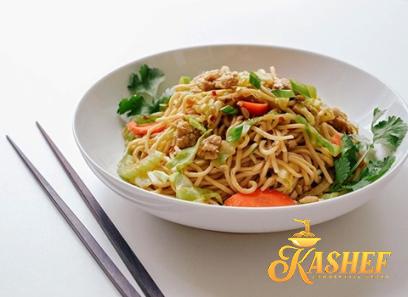
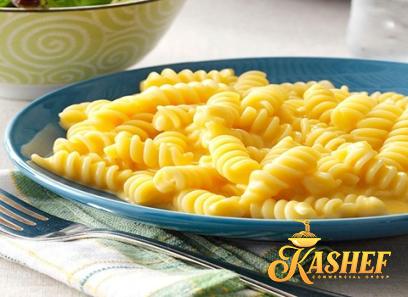

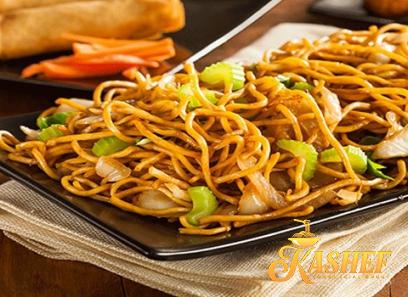
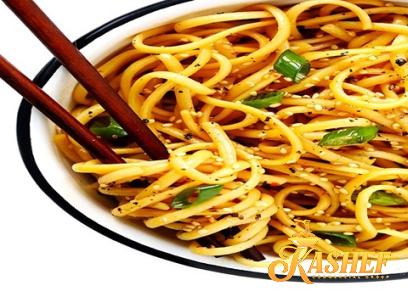
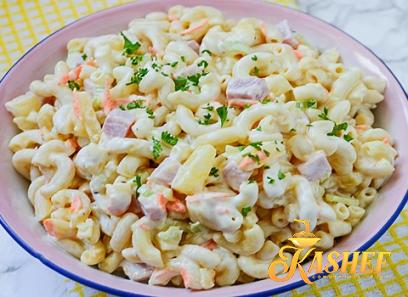


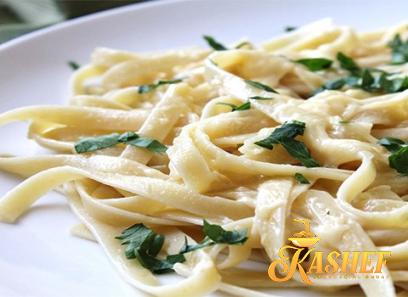
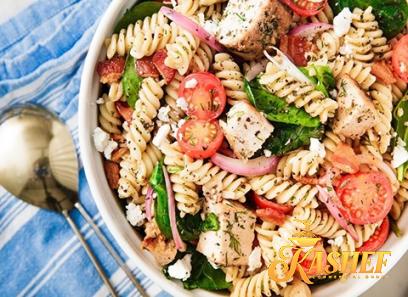
Your comment submitted.